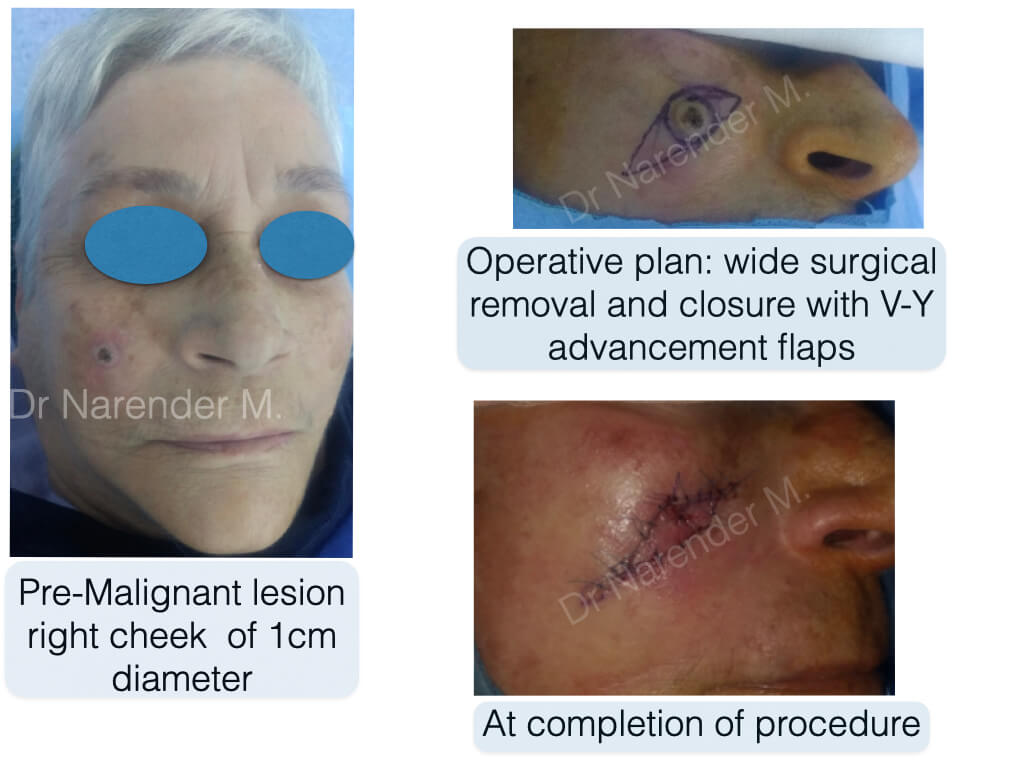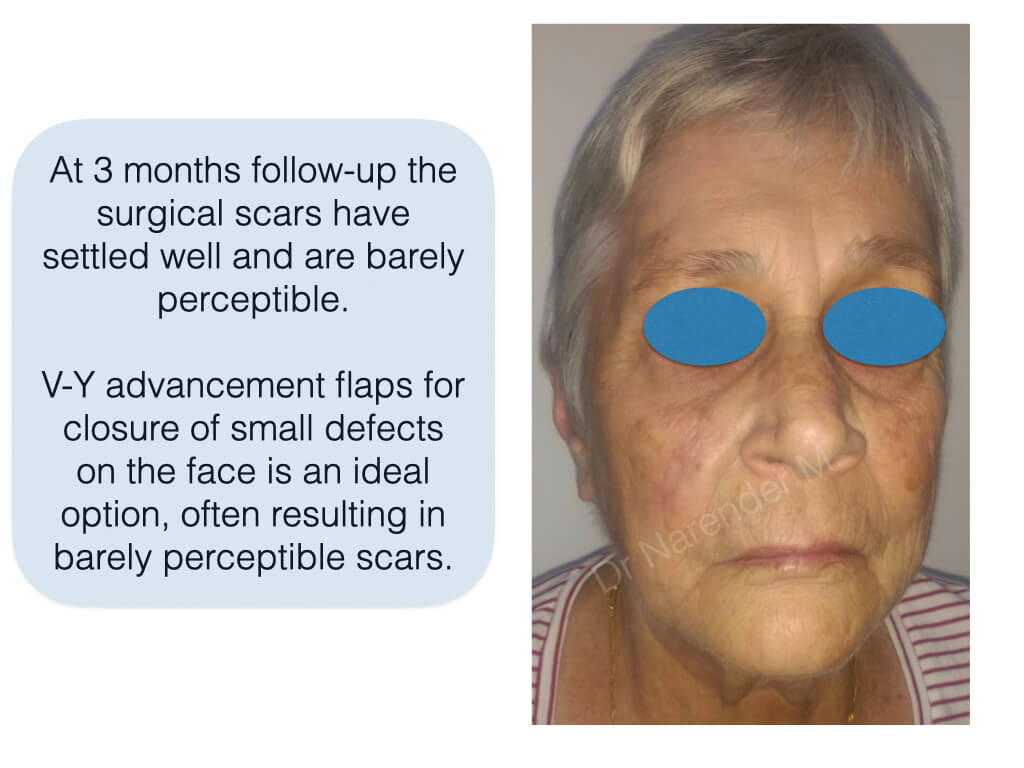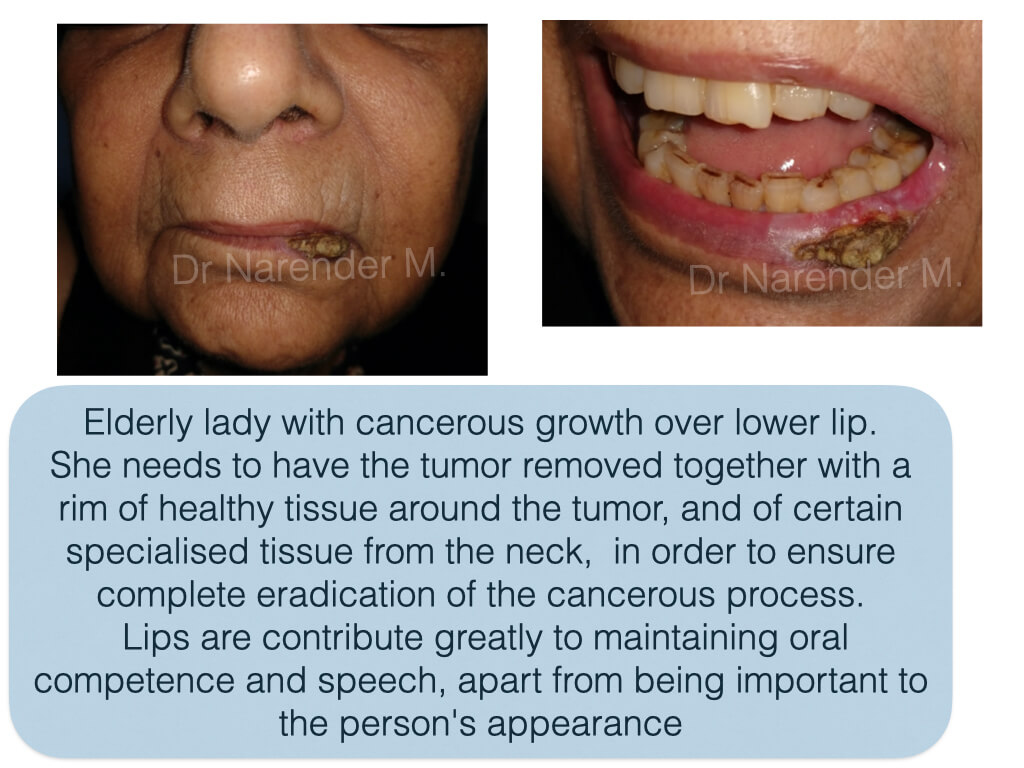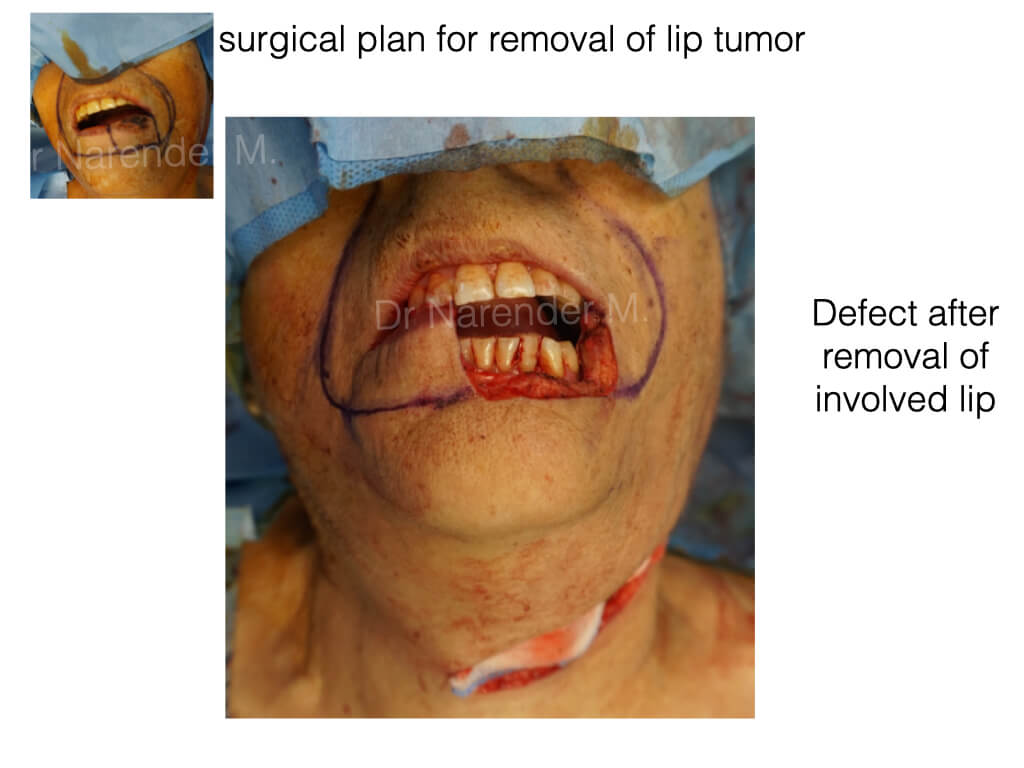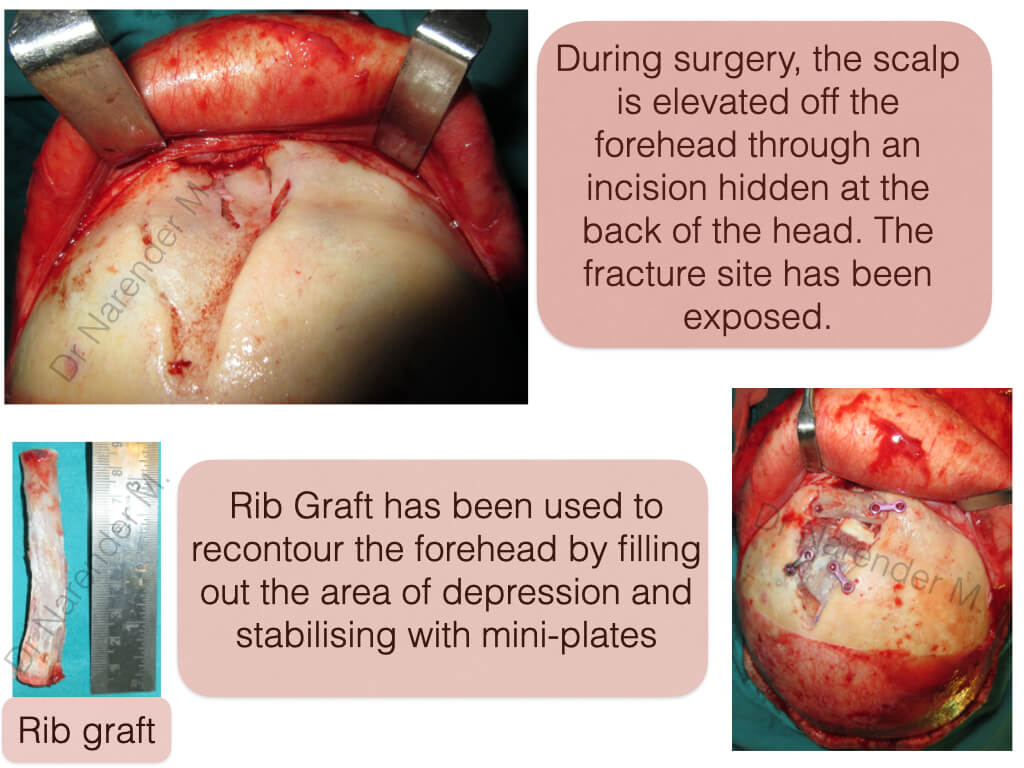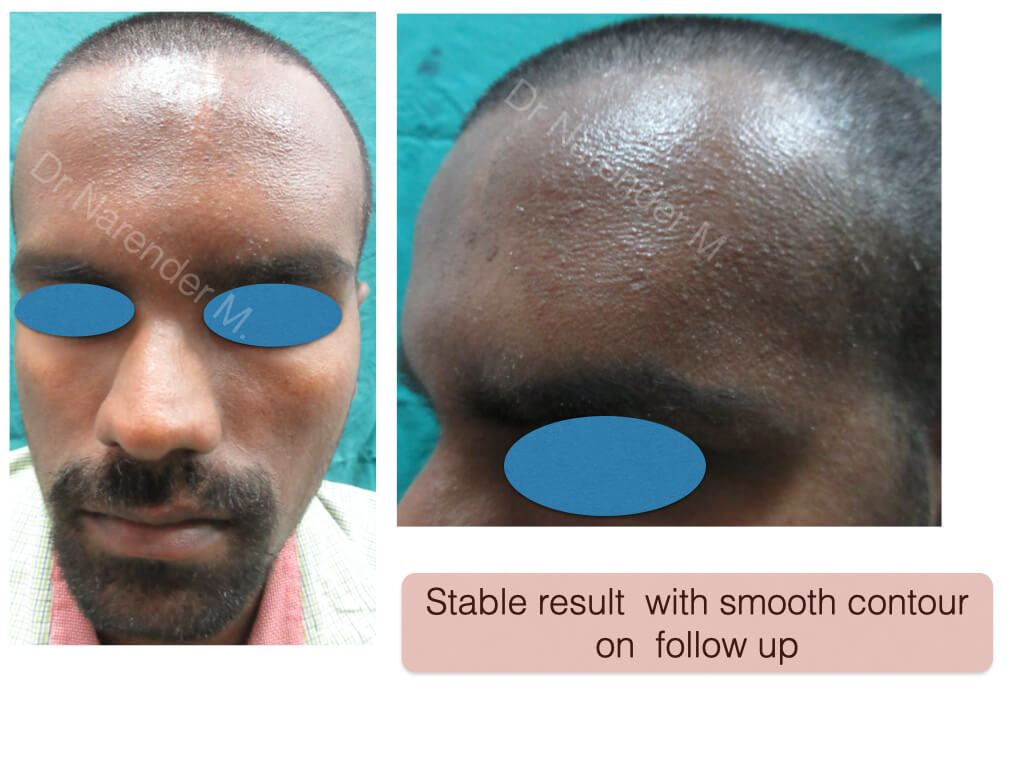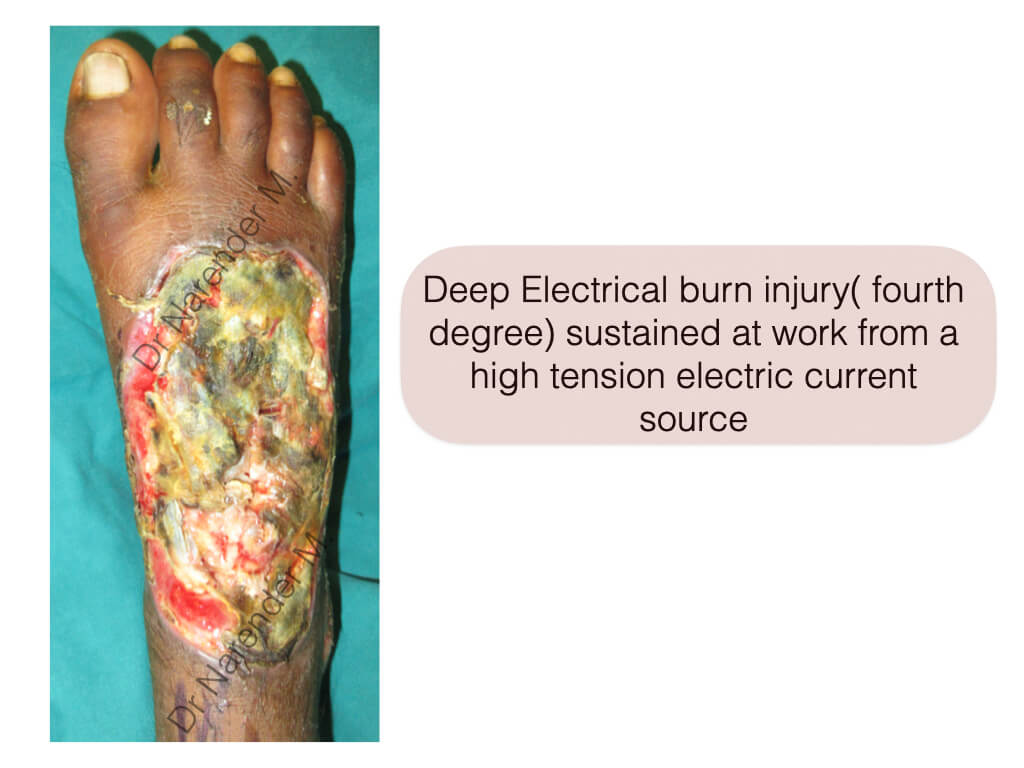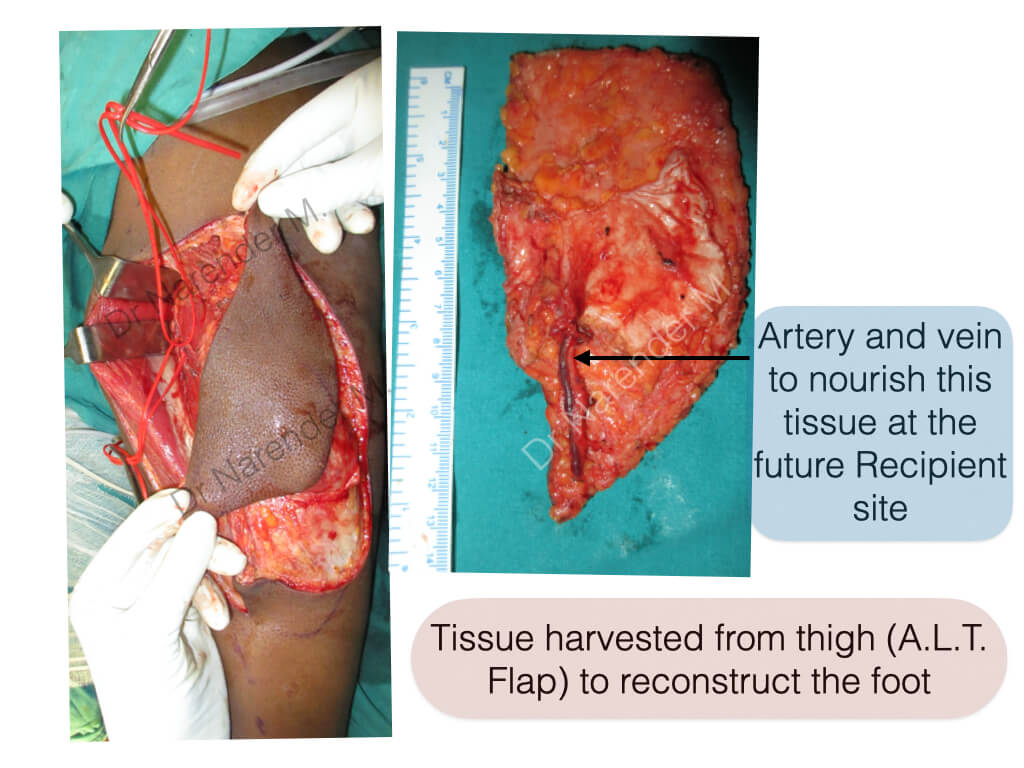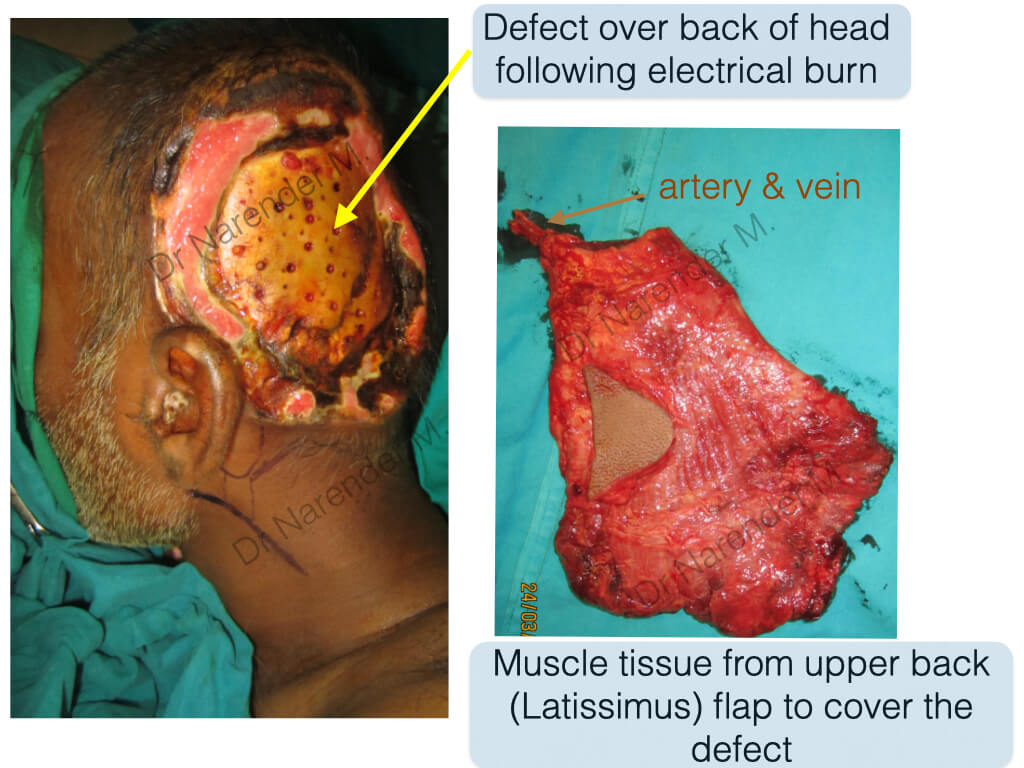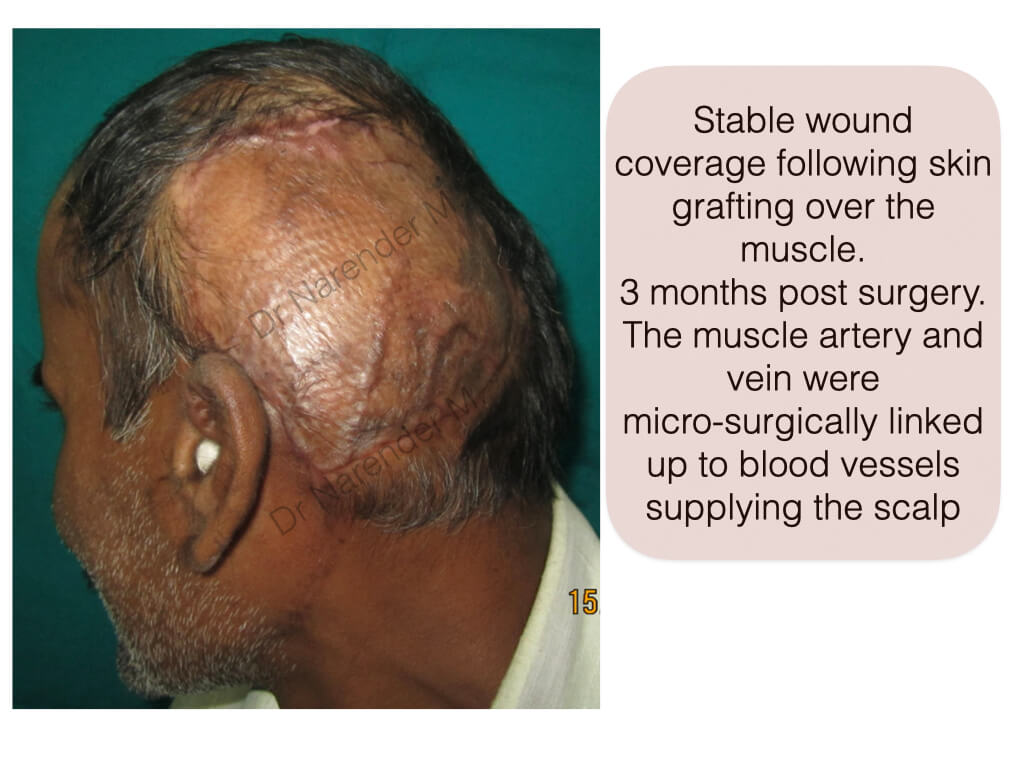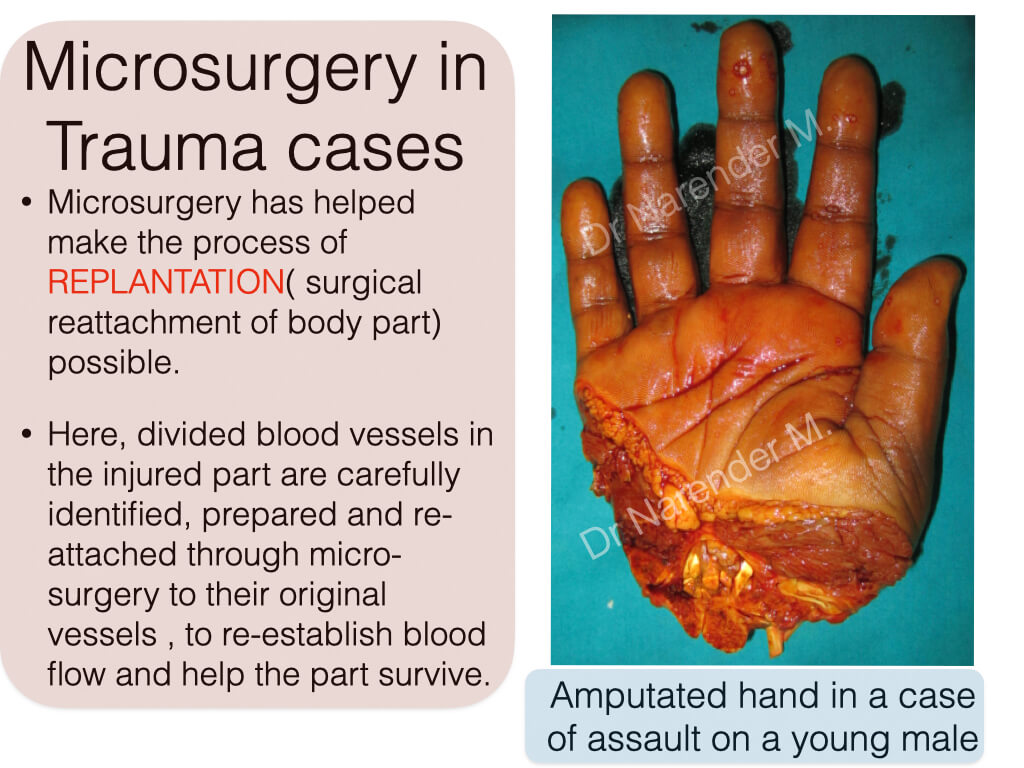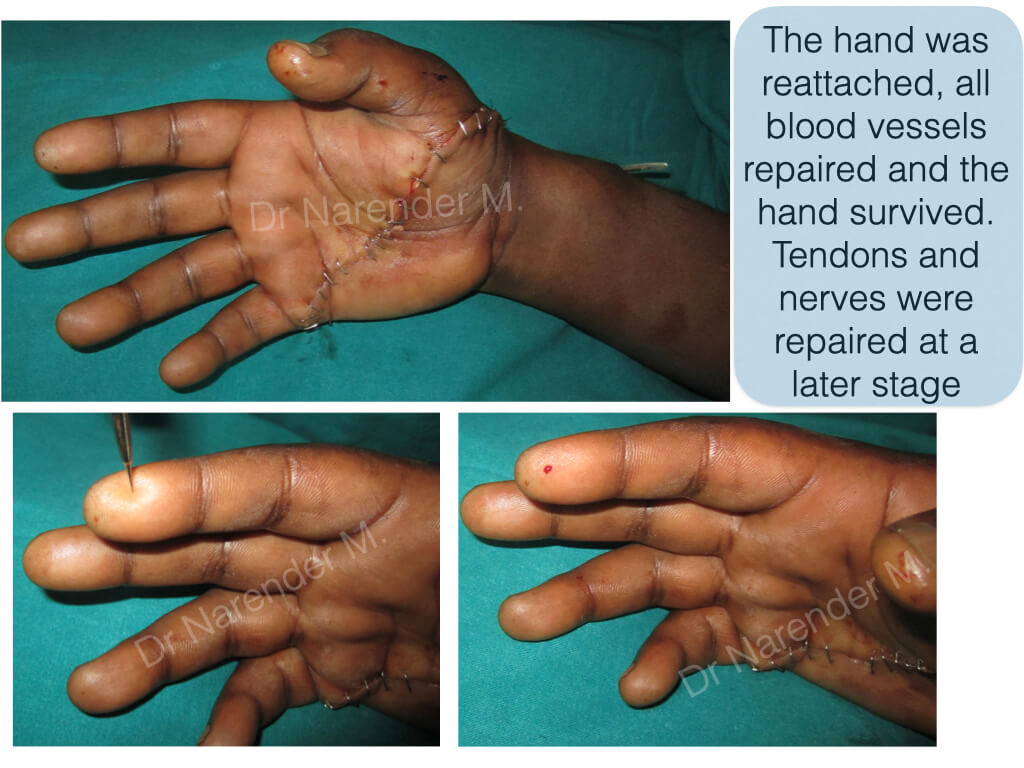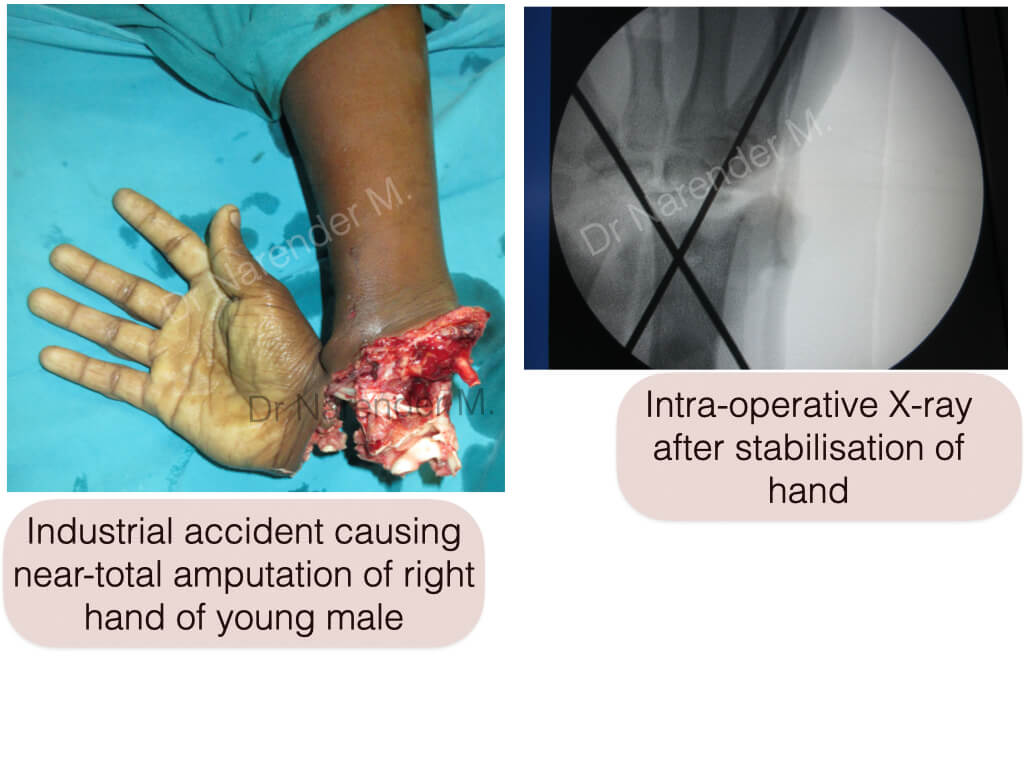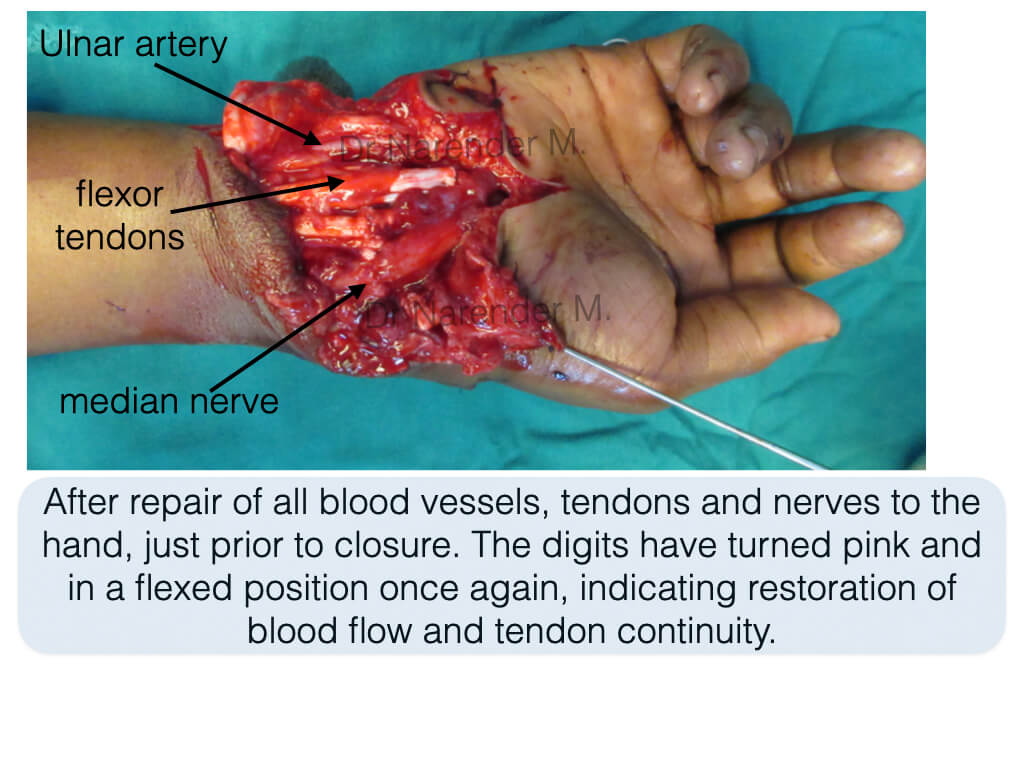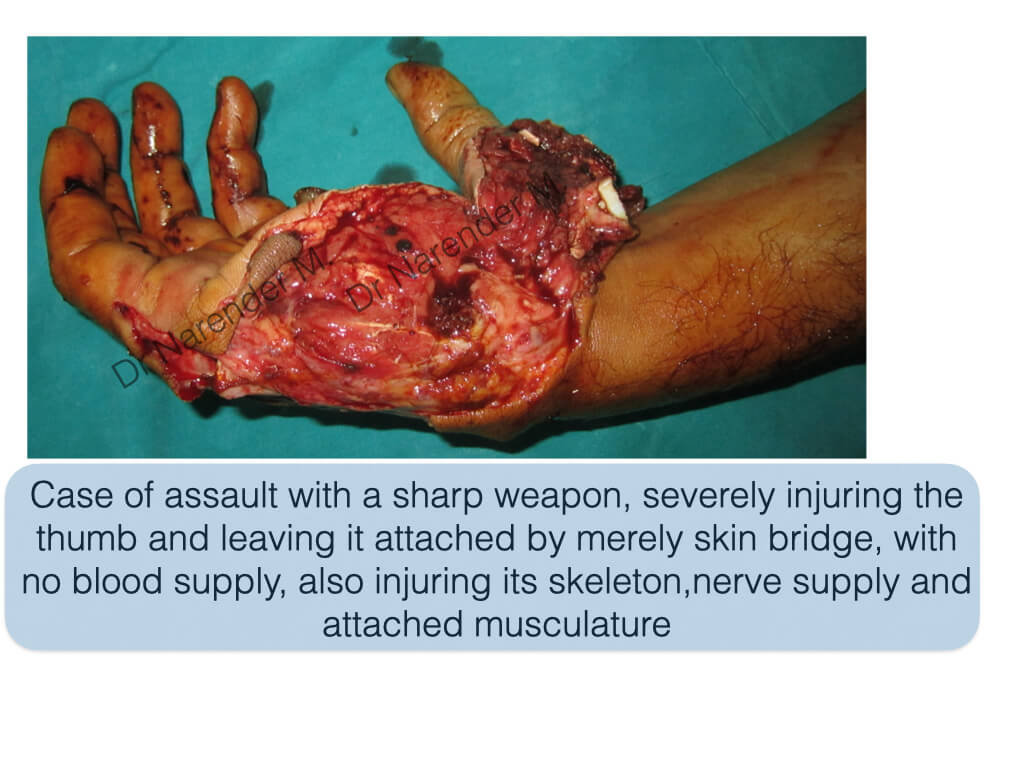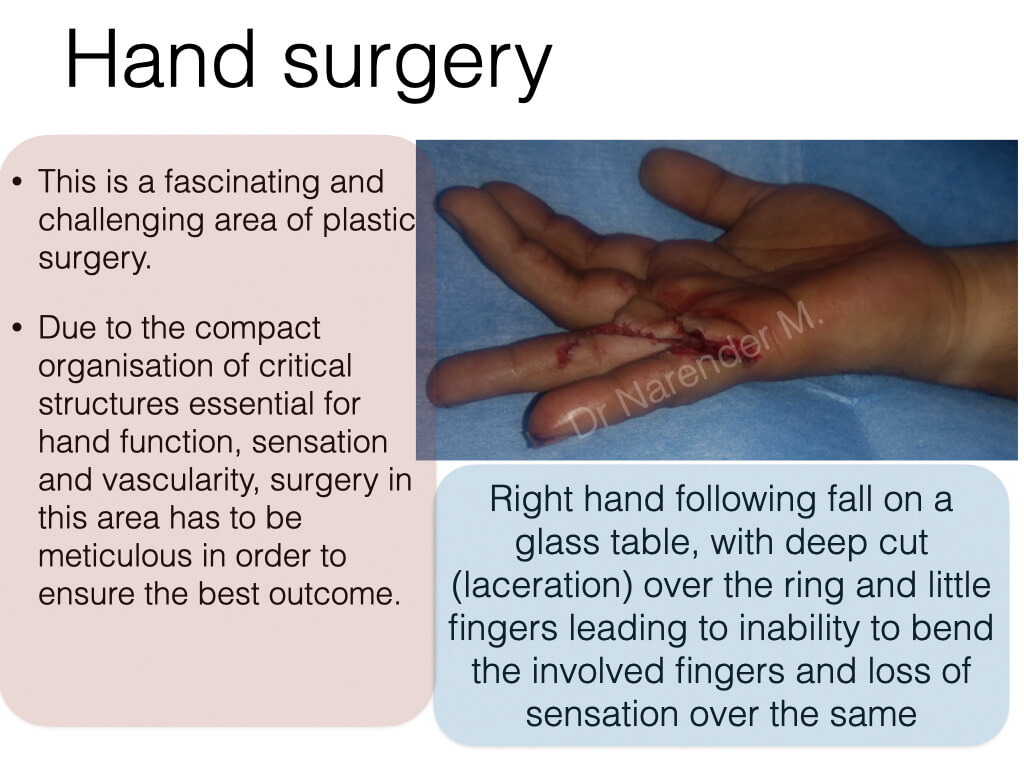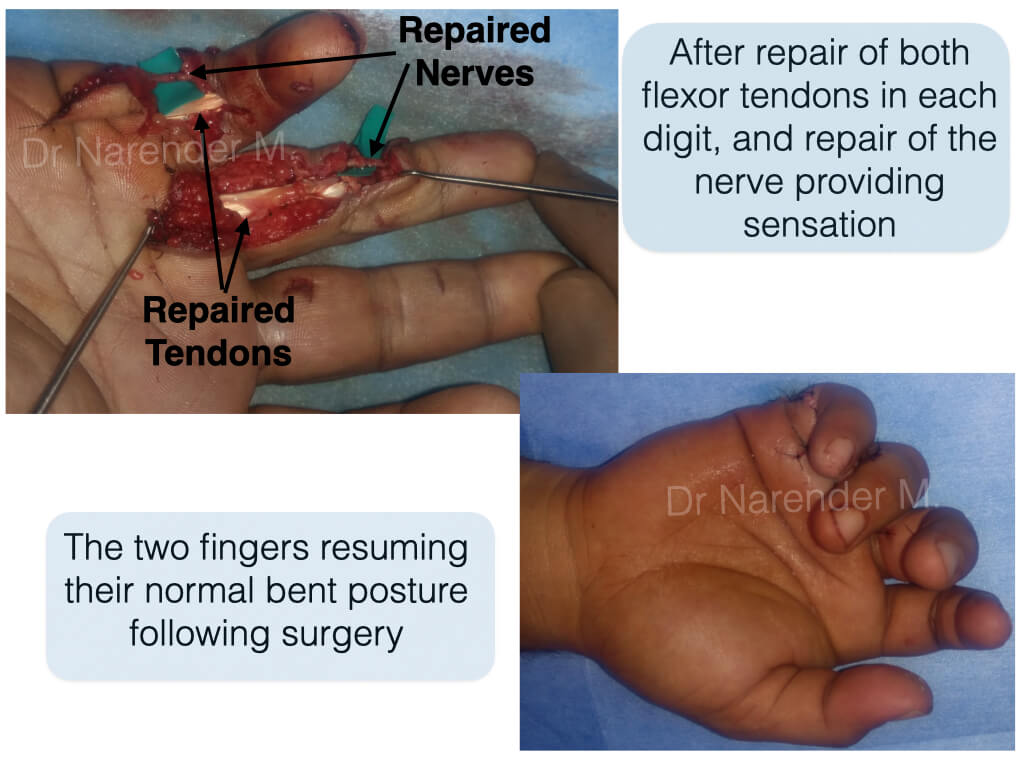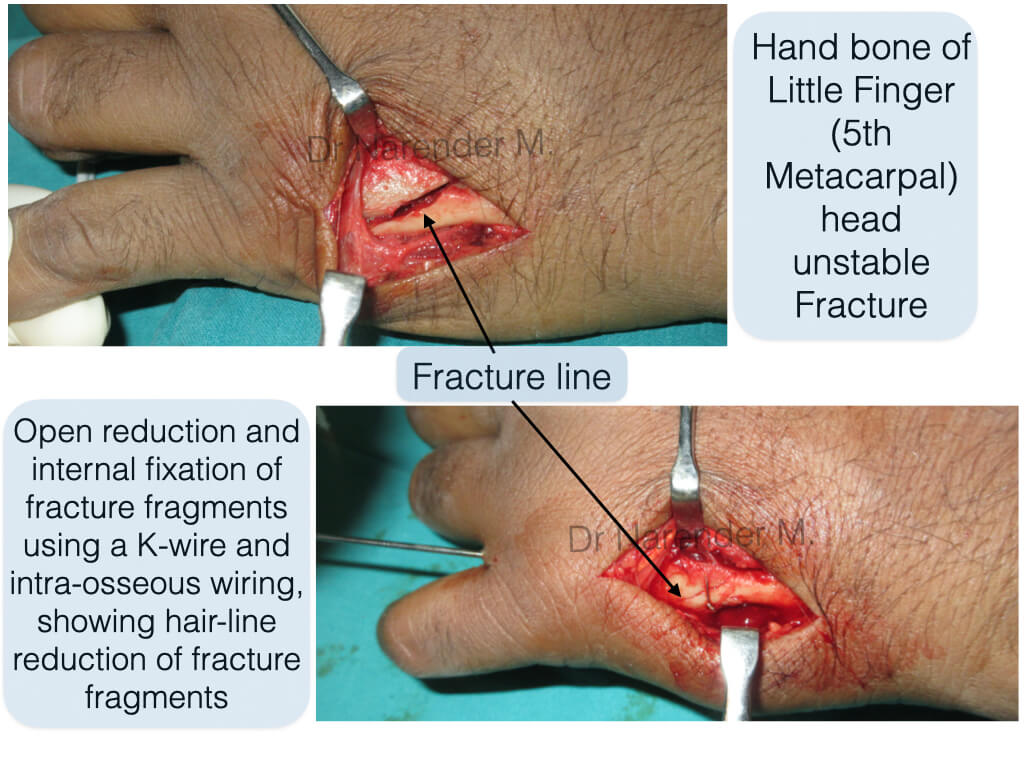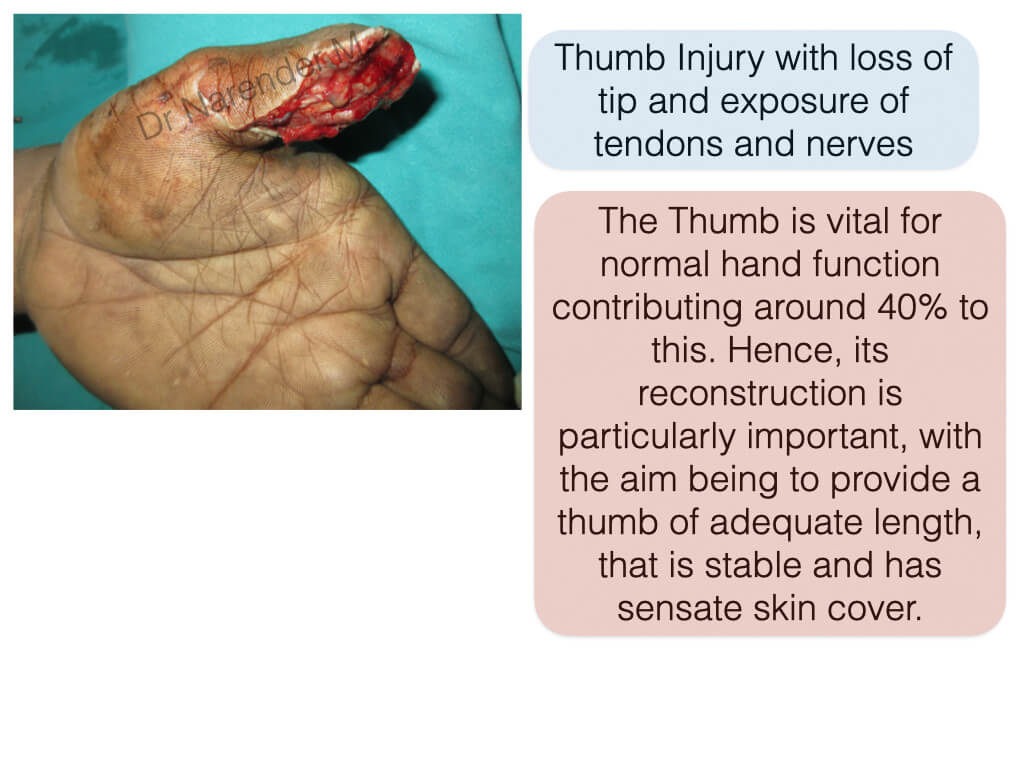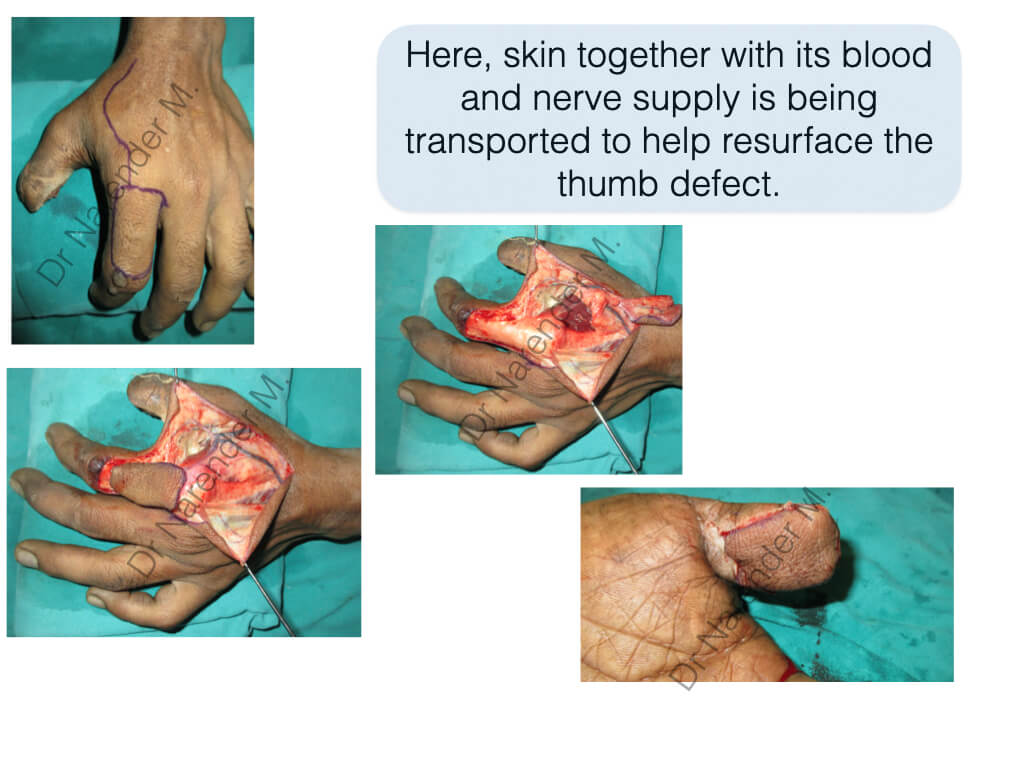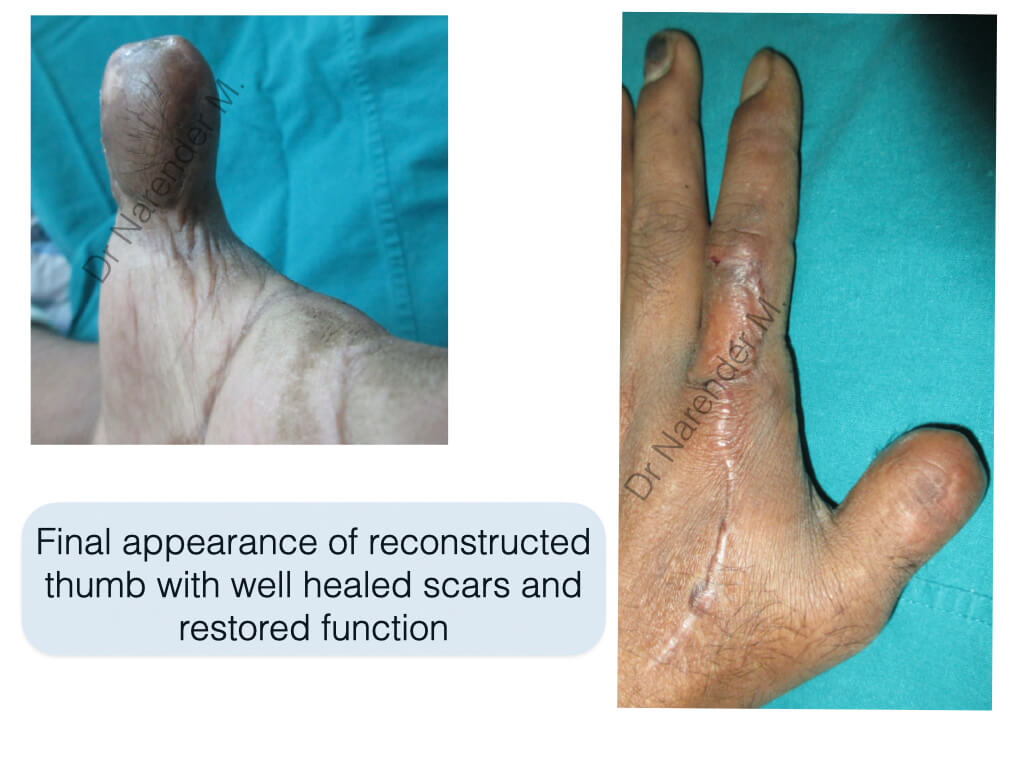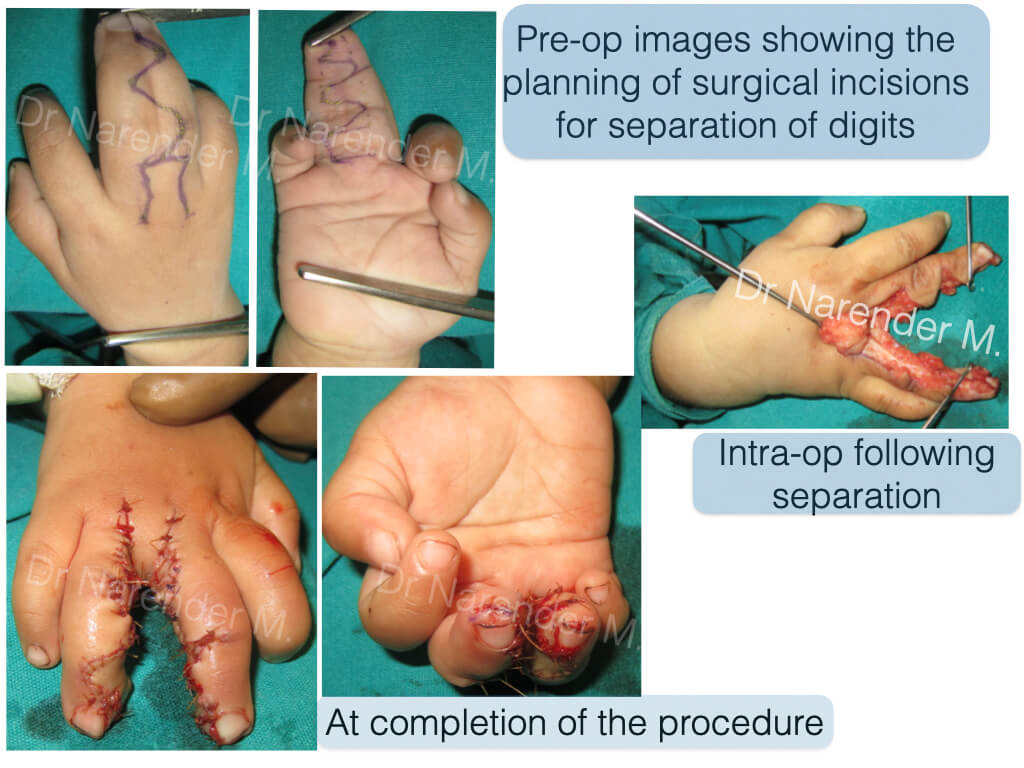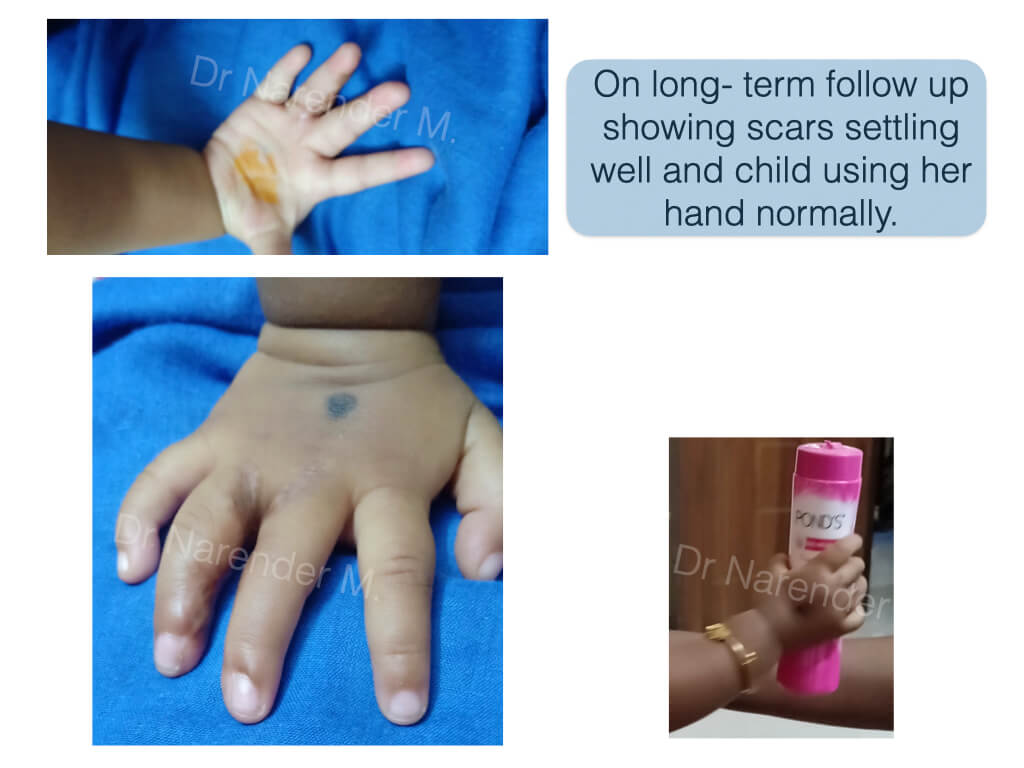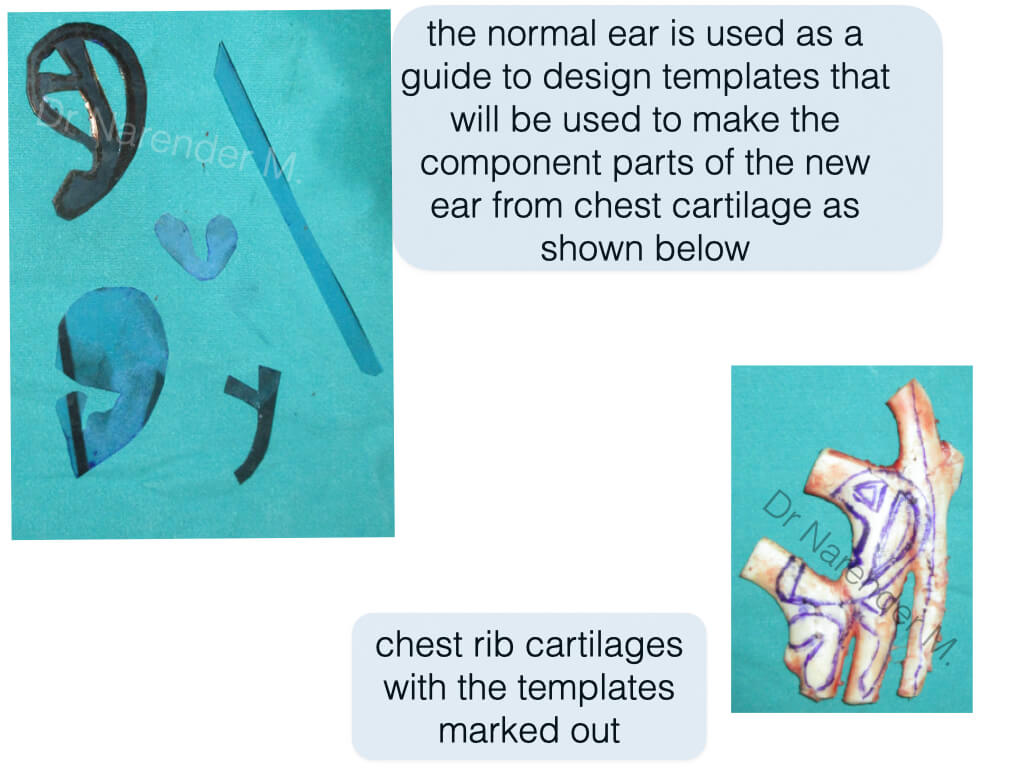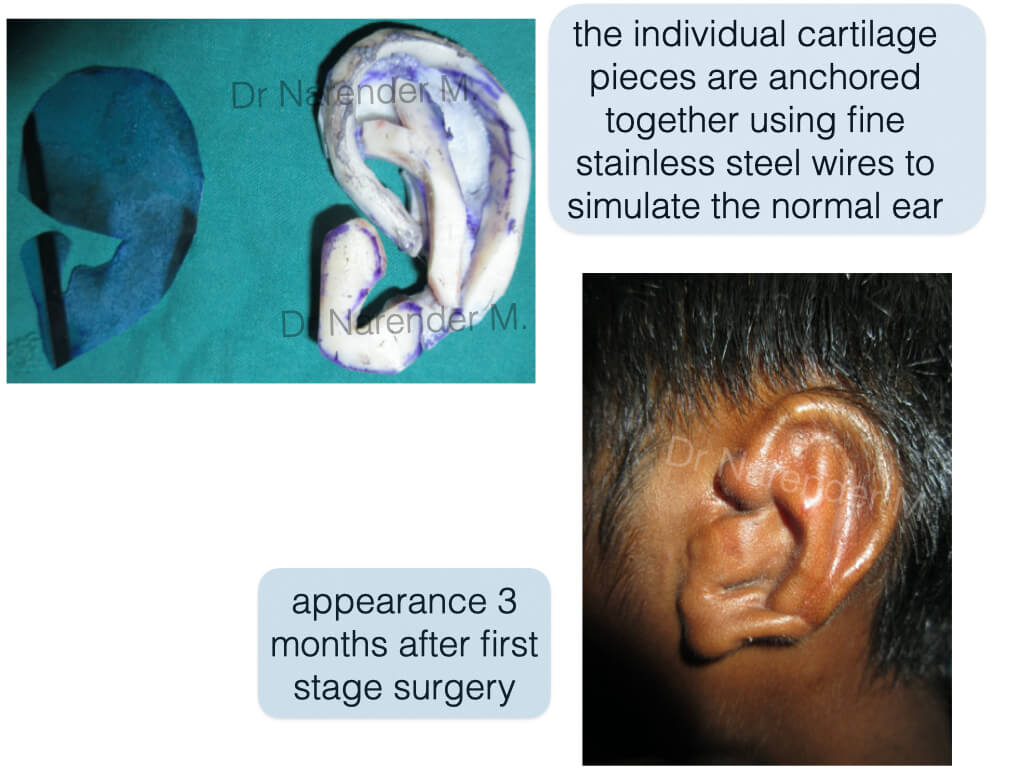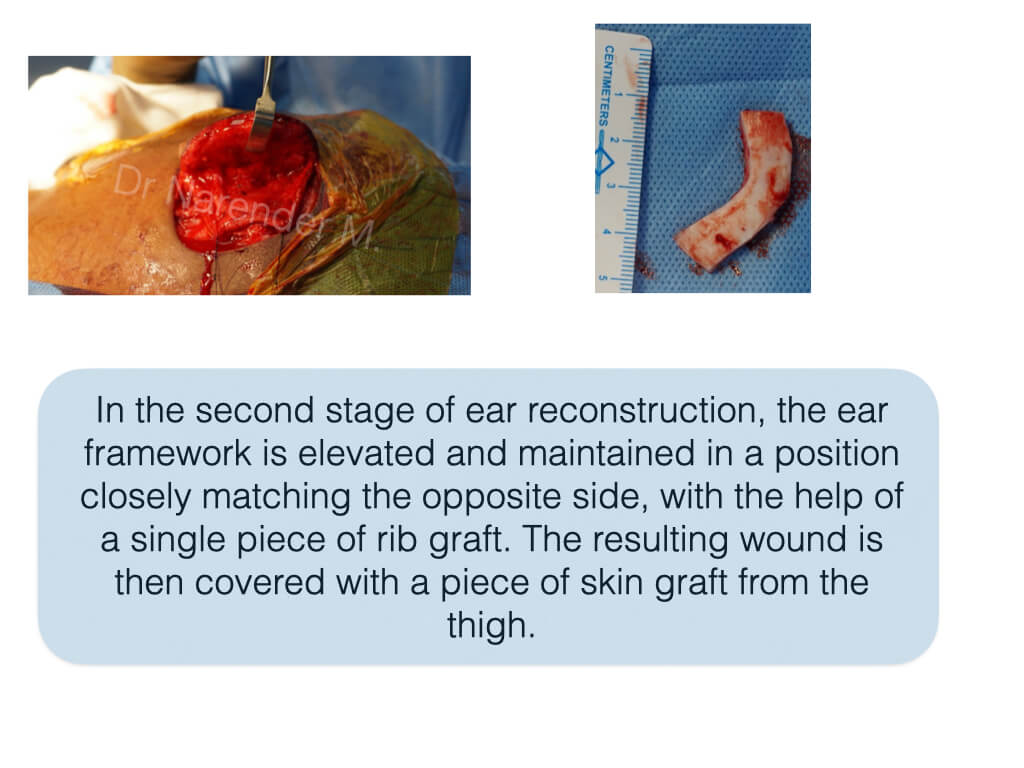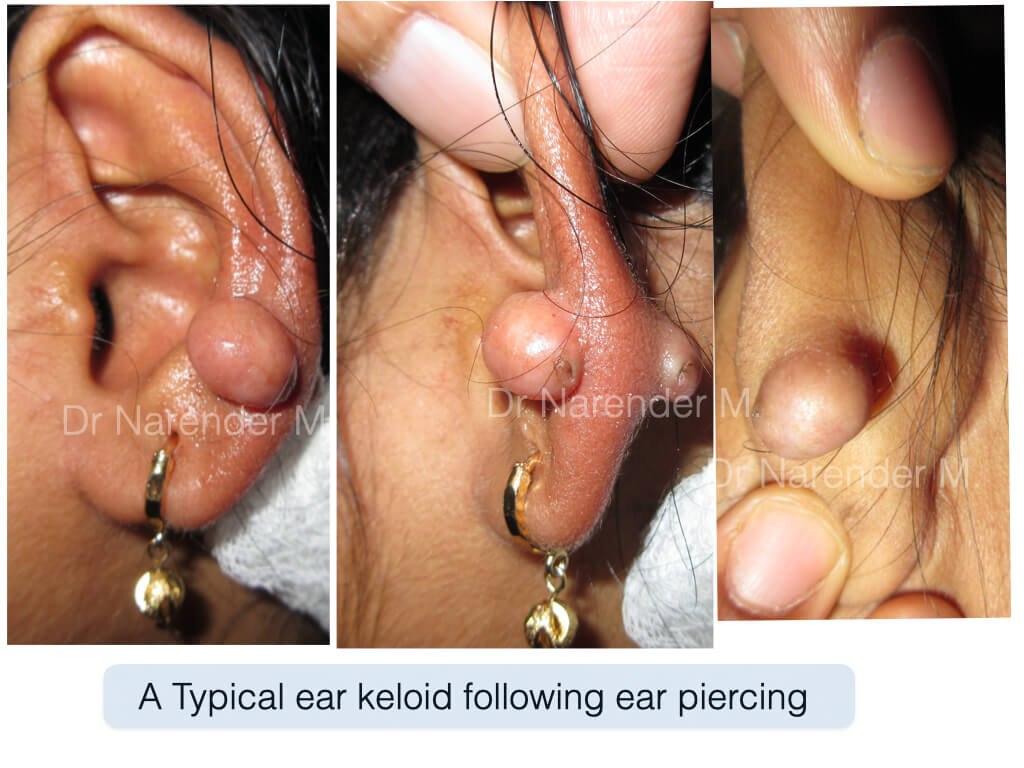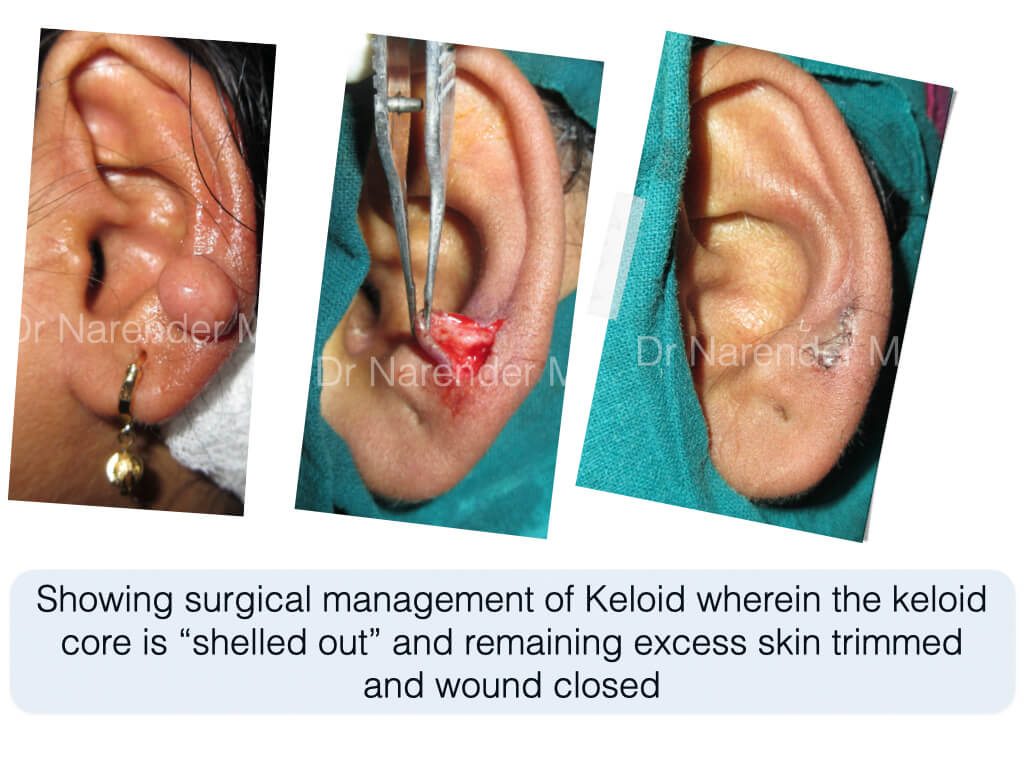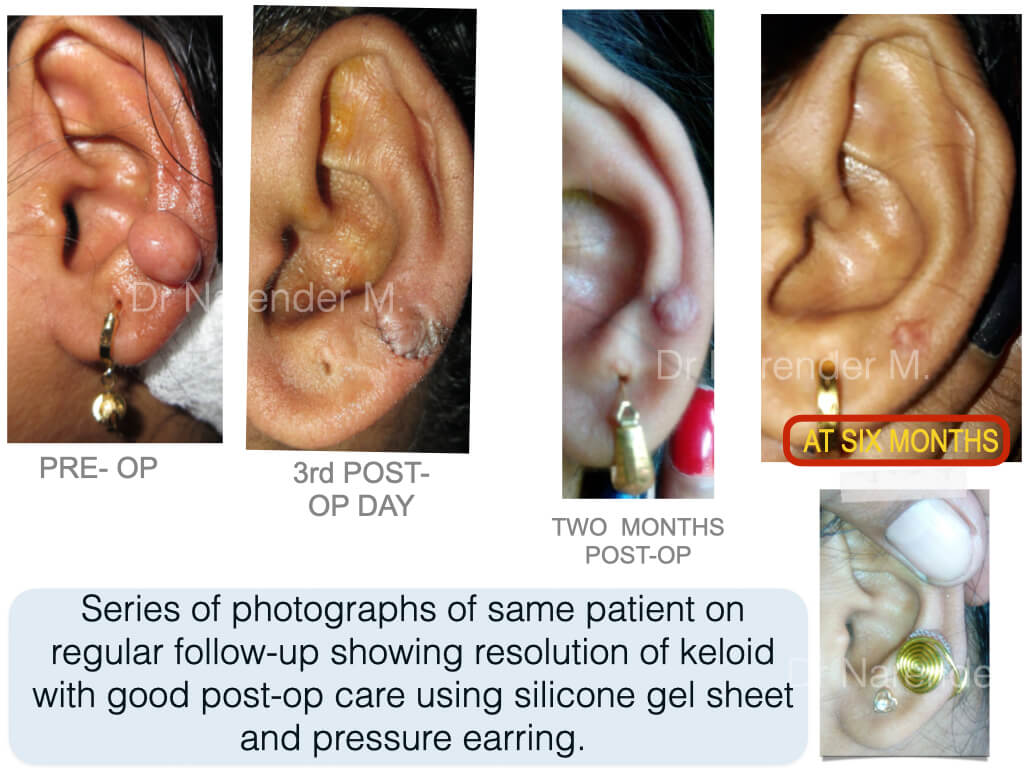- #851,8th Cross,Koramangala, Near Police Station, Bangalore, Karnataka 560095.
- Mon - Sat 9.30 AM – 07.00 PM. Sunday CLOSED
Facial Reconstruction
“Your whole life shows in your FACE, and you should be proud of that.” Lauren Bacall,
in the Daily Telegraph , London - March 1988.
Thus every reconstructive effort in this region needs to be meticulously planned and
carefully executed in order to minimise scars/or conceal them along natural skin
creases to give the best final aesthetic appearance.
Micro Surgery
Refers to the repair or linking up of small blood vessels under high magnification
using an operating microscope.
Blood vessel diameters usually range from 1 to 3 mm and typically will include an
artery and a vein. This may be part of an elective procedure wherein a unit of
tissue is transferred from one part (donor site) to reconstruct a given defect
arising after trauma or resection for cancer (recipient site). This is referred to
as FREE TISSUE TRANSFER or FREE FLAP SURGERY.
Microsurgery has helped make the process of REPLANTATION (surgical reattachment of body
part) possible.
Here, divided blood vessels the injured part are carefully identified, prepared and
re-attached through micro-surgery to their original vessels, to re-establish blood flow and
help the part survive.
Hand Surgery
This is a fascinating and challenging area of plastic surgery.
Due to the compact organisation of critical structures essential for hand function,
sensation and vascularity, surgery in this area has to be meticulous in order to
ensure the bestoutcome.
Ear Reconstruction
The visible part of the hearing mechanism of human beings is the External Ear or
Pinna.
Microtia is a condition wherein the outer ear fails to develop fully, leaving the
patient with an abnormal appearance.
This requires complex surgery that is performed in stages.
The ideal age for the first stage is around 10 years of age.
Keloid Scars
These are scars resulting from trivial trauma (like ear piercing) in people with
abnormal healing patterns that are often genetically determined.
Optimal treatment involves softening the keloid with steroid injections, followed by
excision.
Post-op care is very important with continued pressure over the operated area for
prolonged time intervals.




